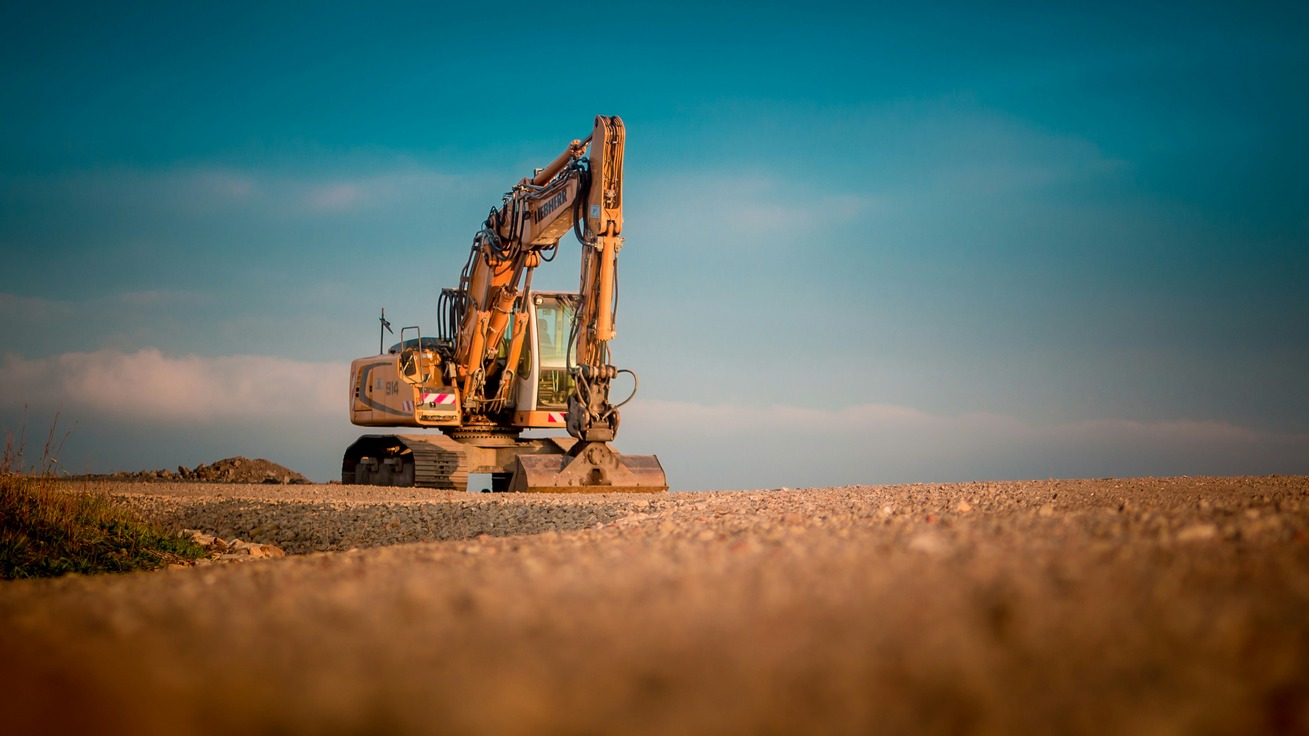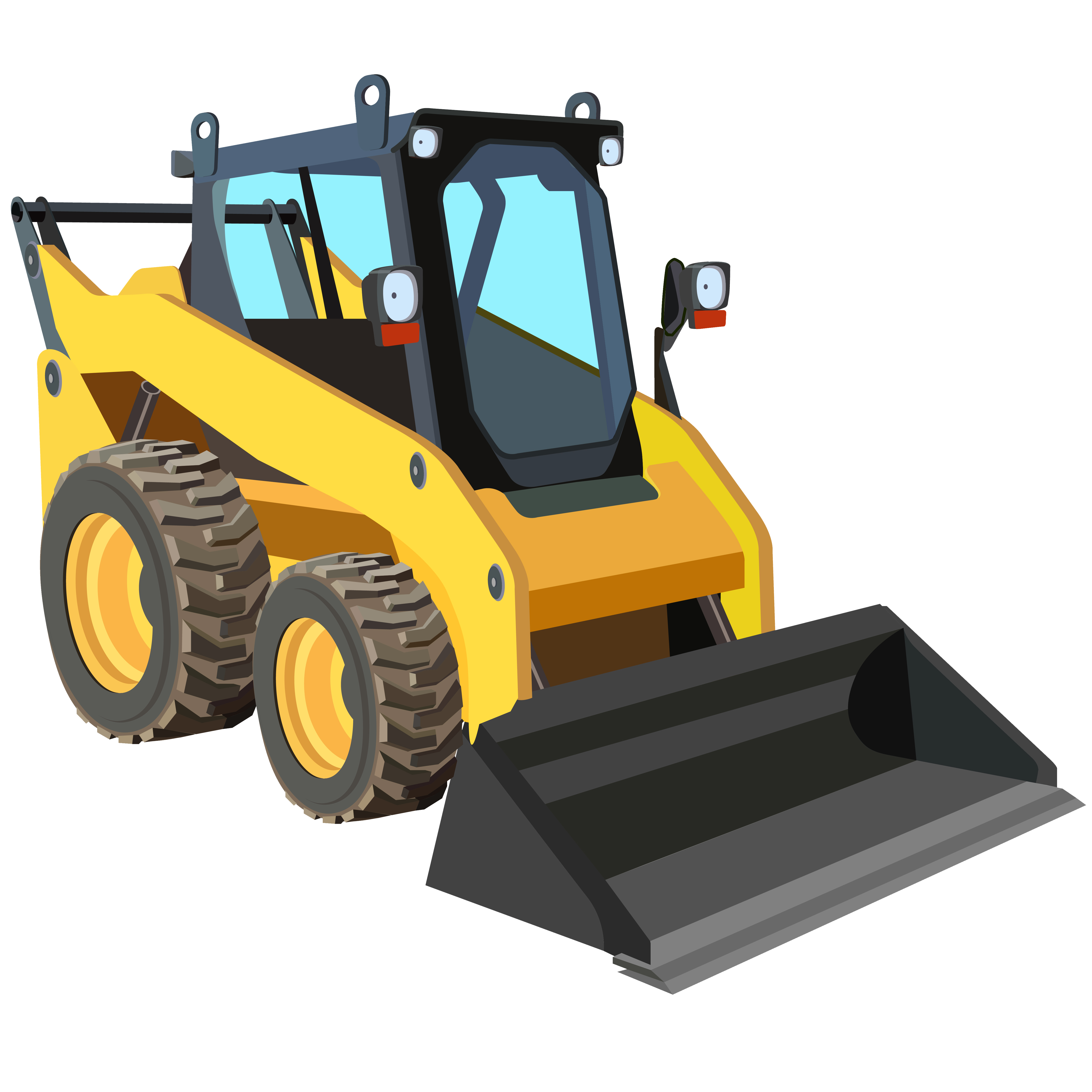Call or WhatsApp today for a free quote : +1 (416) 660-5054

The Titans of the Jobsite: A Guide to Choosing the Right Heavy Construction Equipment
The rumble of engines, the ballet of steel giants, the orchestrated chaos of a bustling construction site – it’s a symphony of progress, conducted by the very machines that shape our world. These titans of the jobsite – the excavators, the forklifts, the entire arsenal of heavy construction equipment – are the workhorses that translate blueprints into reality. But with so many options available, choosing the right equipment for your project can feel daunting.
Fear not, construction heroes! This guide will equip you with the knowledge to navigate the world of heavy machinery and select the perfect tools for the job.
Know Thy Project: A Foundation for Choice
Before diving into the world of excavators and loaders, a clear understanding of your project is crucial. Here are some key factors to consider:
- Project Scope: Are you demolishing a building, excavating a foundation, or transporting materials across a vast site? Each task demands specific equipment capabilities.
- Site Conditions: Is the terrain flat and stable, or are you working on uneven ground or slopes? Confined spaces might require compact equipment, while expansive sites might necessitate larger machines.
- Material Handling: The weight, size, and type of materials you’ll be working with significantly impact the required equipment. Lifting and transporting concrete slabs requires a different beast than hauling lumber.
- Budget: Heavy machinery doesn’t come cheap. Consider rental options for short-term needs, or factor in purchase and maintenance costs if the equipment is essential for long-term projects.
The All-Stars of Construction: A Look at Key Equipment
Now, let’s meet some of the most common heavy construction equipment and their specialties:
- Excavators: These versatile machines are the undisputed champions of digging, trenching, and demolition. Their hydraulic arms with interchangeable buckets can scoop, tear down, and load with impressive power. From mini-excavators for confined spaces to massive production excavators, they come in various sizes to suit your project needs.
- Loaders: Whether it’s a wheel loader for scooping and transporting loose materials like dirt or gravel, or a backhoe with its signature digging arm and bucket for combined excavating and loading, these workhorses are essential for site preparation and material handling.
- Forklifts: Kings of the warehouse and construction site alike, forklifts excel at lifting and transporting palletized materials, steel beams, pipes, and other bulky items. Their ability to stack materials at heights makes them invaluable for efficient storage and construction.
- Dozers: These powerful tracked machines with large blades are the masters of earthmoving. They push, doze, and level large areas of land, preparing the ground for further construction activities.
- Bulldozers: Similar to dozers, bulldozers are built for tough jobs. They excel at clearing land, uprooting trees and brush, and handling heavy demolition tasks.
- Cranes: For lifting and placing heavy objects at extreme heights, cranes reign supreme. They come in various configurations, from mobile truck cranes to massive lattice boom cranes, offering the ability to tackle a wide range of lifting tasks.
- Graders: These precision machines ensure a smooth and level surface. Their long blade and maneuverability allow for accurate grading of roads, foundations, and other paved areas.
This is just a glimpse into the vast array of heavy construction equipment available. Many specialized machines exist for specific tasks, like rollers for compacting soil, pavers for laying asphalt, and concrete mixers for, well, mixing concrete!
Choosing Your Champion: Matching Equipment to Needs
Once you understand your project requirements, here are some key considerations for selecting the right equipment:
- Machine Size: Bigger isn’t always better. Choose a machine with the appropriate size and capacity for your specific needs. Oversized equipment can be difficult to maneuver in tight spaces and might come with unnecessary operational costs.
- Performance Capabilities: Consider factors like digging depth, lifting capacity, and reach for excavators and cranes. For loaders and forklifts, payload capacity and maneuverability are crucial.
- Fuel Efficiency: As environmental concerns rise, fuel efficiency is becoming increasingly important. Consider electric or hybrid options where feasible, especially for projects with long operational hours.
- Safety Features: Modern heavy equipment is equipped with a range of safety features like rollover protection systems, alarms, and backup cameras. Prioritize machines with the latest safety technology for operator protection.

